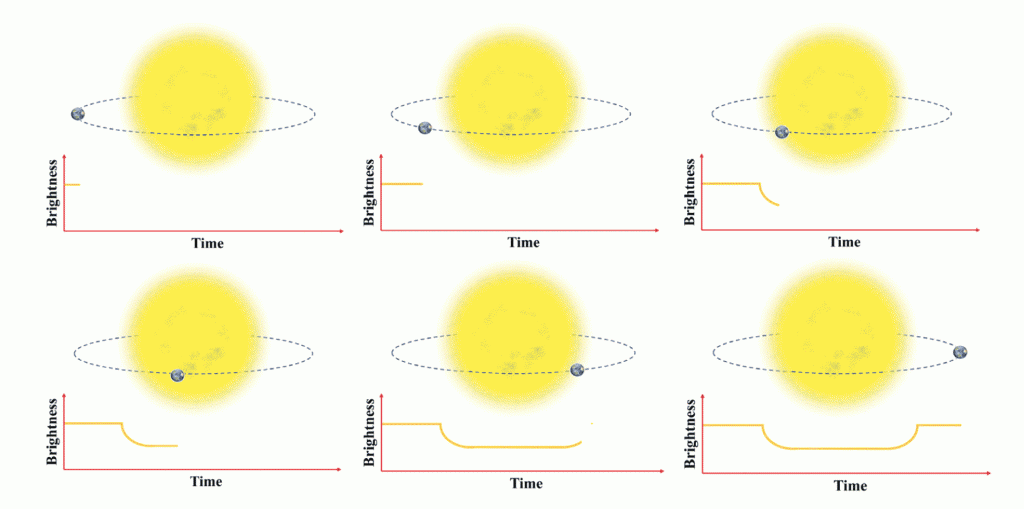Transit Search Optimization Algorithm 2022

Introduction
Welcome to the world of Transit Search (TS), a cutting-edge optimization algorithm that draws inspiration from the remarkable method of exoplanet detection known as transit. The TS presents a novel astrophysics-inspired meta-heuristic approach to solving complex scientific problems. With more than 3800 planets detected using the transit technique by space telescopes, this algorithm harnesses the power of transit exploration and adapts it to the realm of optimization.
The benefits of employing the TS algorithm in scientific research and problem-solving are manifold. Firstly, optimization lies at the heart of many scientific disciplines, from industrial internet of things to wireless networks, shape optimization of electric machines to vulnerability assessment of structures subjected to seismic activity. By leveraging TS, researchers can unlock new frontiers in their respective fields and achieve optimal solutions efficiently.
Unlike classical methods, which may guarantee optimal responses but struggle with complex and large-scale problems, meta-heuristic algorithms like TS excel in tackling such challenges. These algorithms may not guarantee finding the absolute best solution, but they excel in approximating optimal and acceptable answers within a reasonable timeframe. TS strikes a delicate balance between exploration and exploitation, employing innovative strategies inspired by the natural phenomena observed in exoplanet detection.

The Core of TS Algorithm
At its core, the transit algorithm analyzes the variations in luminosity observed when studying the light received from stars at specific intervals. A decrease in the amount of received light signifies the passage of a planet in front of the star, enabling its detection. Leveraging the efficiency and capabilities of the transit method in astrophysics, the researchers have ingeniously formulated an optimization technique that showcases exceptional performance.
Why TS algorithm?
The success of the TS algorithm can be attributed to several key factors. The algorithm’s exploration phase incorporates random strategies, galaxy phases, transit phases, planet phases, and neighbor phases, ensuring a comprehensive and efficient exploration of the search space. On the other hand, the exploitation phase fine-tunes the solutions obtained during exploration, optimizing their quality through the use of small noises and random parameters. This balance between exploration and exploitation, along with the algorithm’s ability to maintain multiple optimized solutions, enhances its robustness and performance. With its remarkable capabilities, TS is poised to revolutionize the field of optimization. By providing a comprehensive framework for solving a wide range of problems, this algorithm empowers researchers, engineers, and industries to address complex optimization challenges effectively. Its versatility, flexibility, and ability to deliver superior results make it a valuable tool in the scientific community.



The versatility of TS algorithm
The versatility of TS makes it an invaluable tool for researchers, engineers, and industries facing complex optimization challenges. Whether it’s optimizing resource allocation, improving scheduling efficiency, or enhancing system performance, TS empowers users to tackle these problems with a renewed vigor. To facilitate the adoption of TS, we are pleased to provide an open-source codebase, readily available for immediate implementation. By making TS accessible to the wider community, we aim to foster collaboration and inspire further advancements in the field of optimization.
Reference
Mirrashid, Masoomeh, and Hosein Naderpour. “Transit search: An optimization algorithm based on exoplanet exploration.” Results in Control and Optimization 7 (2022): 100127.

